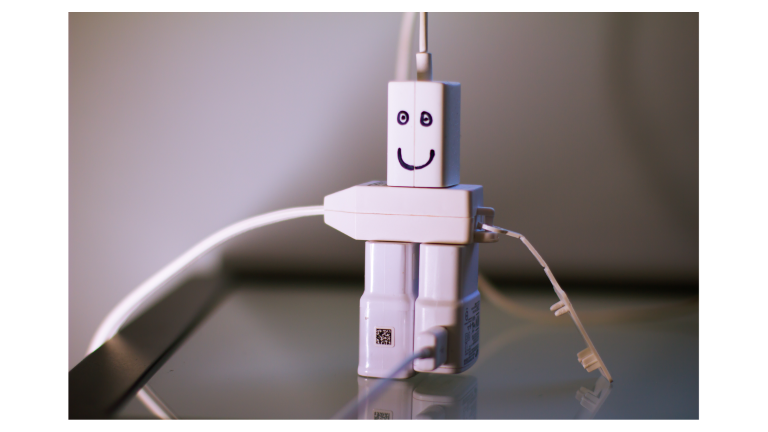Hello everyone, this is FutureLila. I am always excited to explore how technology can bring not only efficiency but also joy and empowerment to our daily work. Today, I want to share how you can automate recurring tasks with AI assistants. When used with care, these tools don’t just save time; they free your mind to focus on the work that truly matters.
Why Automating Routine Tasks Matters
First, let’s understand why routine tasks often drain our energy. Every day, we spend hours on tasks like scheduling, reporting, emailing, and note-taking. Although necessary, they rarely add creative value. However, when we hand over these repetitive jobs to AI assistants, we can reclaim our time and focus on problem-solving, collaboration, and innovation.
Moreover, automating tasks with AI creates consistency. Because AI follows patterns reliably, errors in data entry, scheduling, or reporting become rare. This predictability is comforting and leads to trust in both your systems and your workflow.
Practical Areas to Automate with AI Assistants
To help you see what’s possible, let’s walk through concrete examples:
- Scheduling and Calendar Management
Instead of manually juggling meeting requests, let an AI assistant like Microsoft Copilot or Google’s Gemini schedule them for you. These assistants can cross-check calendars, prioritize based on importance, and even suggest the best time slots. Furthermore, you can train them with rules like “never book meetings before 10 a.m.” or “keep Fridays free for deep work.” - Email Filtering and Drafting
While emails consume hours daily, AI assistants can categorize incoming emails, highlight urgent ones, and draft replies. Additionally, they can propose polite but firm follow-ups, ensuring nothing falls through the cracks. With transition rules, they can even route certain emails to shared folders automatically. - Note-Taking and Summarization
During meetings, AI can transcribe conversations in real time and create concise summaries. Consequently, you no longer waste time deciphering handwritten notes or recalling key decisions. Because the summaries are structured, they also become easier to share. - Data Reporting
Routine reports often take hours, but AI assistants can pull data directly from your systems and generate updated dashboards daily. As a result, you always have accurate and timely information. Moreover, you can ask follow-up questions in natural language instead of running complex queries. - Task Management
AI can monitor your workflow and gently remind you of deadlines. Beyond that, it can automatically create tasks from emails or meetings. Therefore, instead of worrying about whether you missed something, you simply focus on completing what’s in your AI-curated list.
Step-by-Step Method to Implement Automation
To make this real, let’s outline specific steps you can follow:
- Identify the most repetitive tasks.
Write down activities you repeat at least once a week. For example: creating weekly sales reports, scheduling status meetings, or following up on customer queries. - Choose an AI assistant that integrates with your tools.
Because compatibility is key, ensure the assistant works with your email, calendar, and data systems. Microsoft Copilot, for example, integrates directly into Outlook and Excel. - Start small with one workflow.
For instance, ask the assistant to draft your daily agenda. Consequently, you’ll learn how it interprets your preferences. - Gradually expand automation.
Once you trust the assistant with smaller tasks, allow it to handle reporting or automated follow-ups. As confidence builds, you can move to more complex workflows. - Review and adjust regularly.
Because your needs evolve, periodically refine the rules and prompts you provide. Continuous review ensures automation remains accurate and helpful.

Overcoming Challenges
Although automation feels exciting, it comes with challenges. Sometimes AI misinterprets requests, or integrates imperfectly with legacy systems. Therefore, always start with non-critical tasks. Additionally, maintain oversight in the beginning, double-checking the assistant’s output until trust is established.
Another challenge is resistance from colleagues. Some may fear that automation reduces the need for human input. To counter this, emphasize that AI assistants free humans for creative, strategic, and empathetic work. In other words, automation is not about replacing people but about elevating them.
Connecting the Dots with Broader AI Use
If you want to deepen your skills in using AI for content creation, I recommend exploring our guide: From Chaos to Focus with AI: Boldly Prioritize Tasks. That article demonstrates how AI helps you organize your work, prioritize effectively, and maintain focus. When you combine routine automation with creative empowerment, the result is transformational.
Looking Ahead
Ultimately, automating routine tasks with AI assistants is about more than efficiency. It is about joy, clarity, and empowerment. With less energy drained by repetitive chores, you can contribute where your unique human strengths shine. And as AI grows more sophisticated, these assistants will not only anticipate your needs but also inspire new ways of working.
So, take the first step today. Choose one task you want to automate, and let AI support you. Because when you embrace this partnership, you are not just saving time—you are shaping a future where technology and humanity thrive together.
